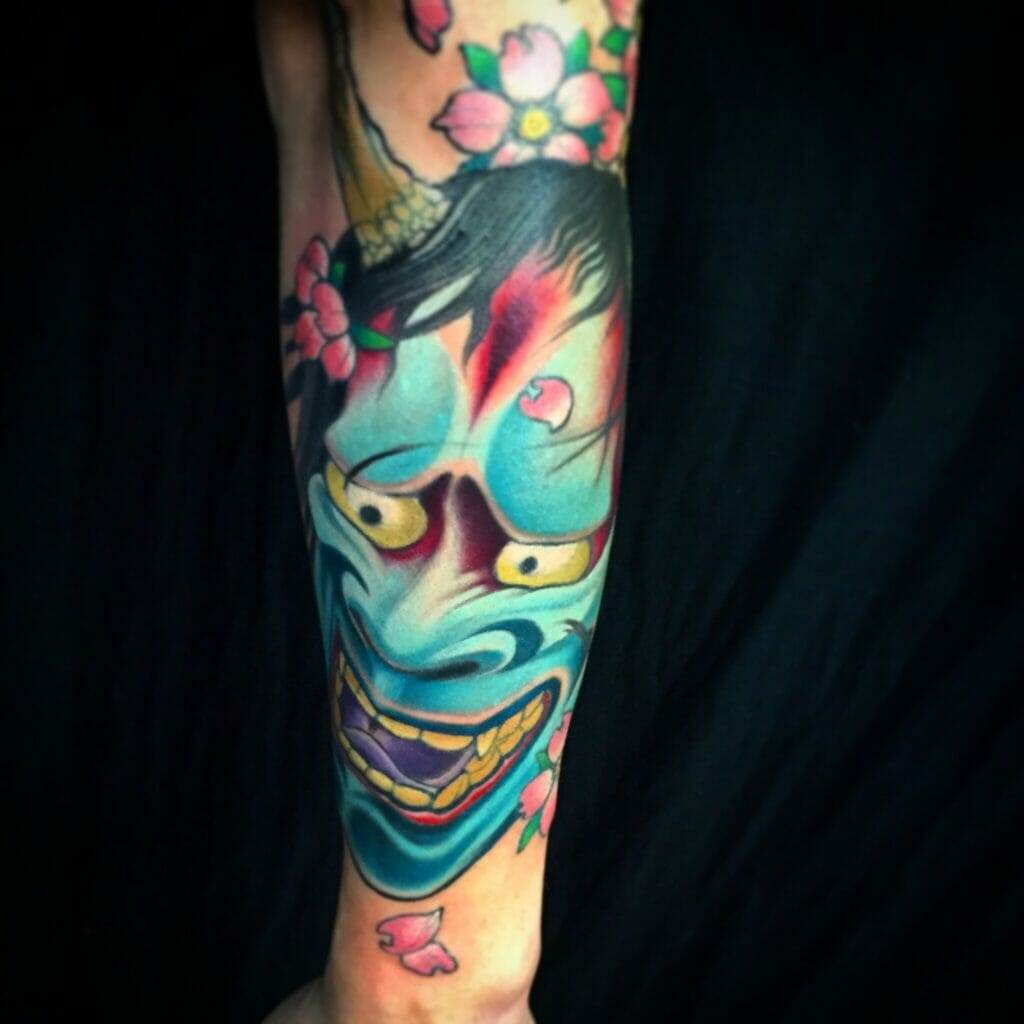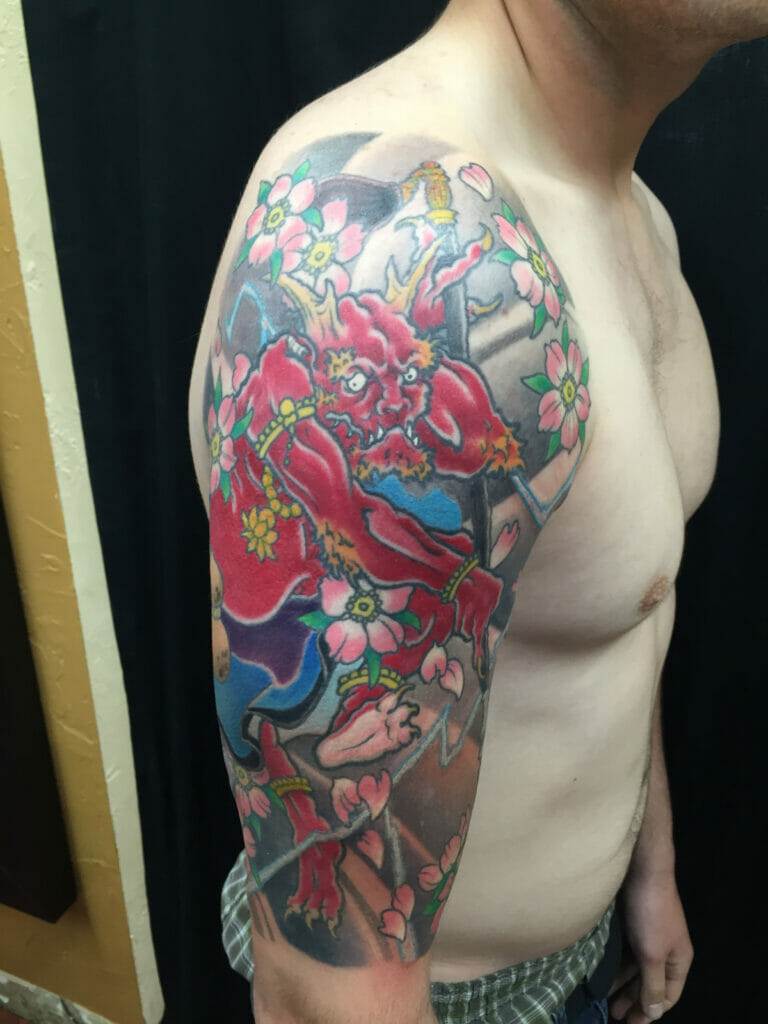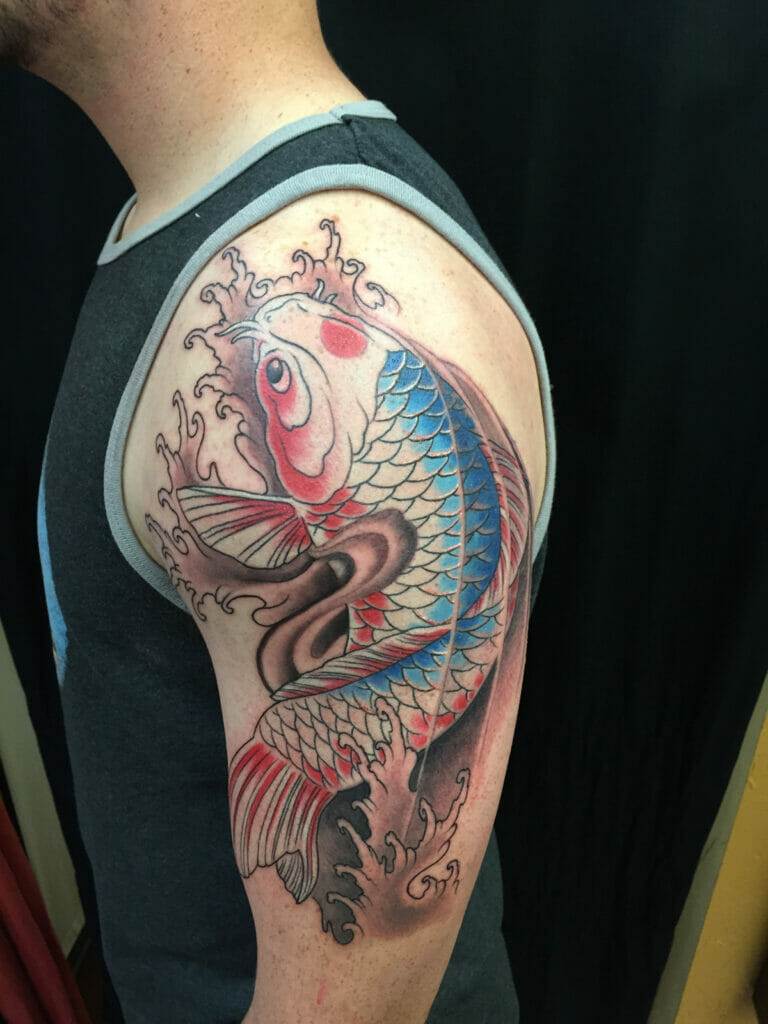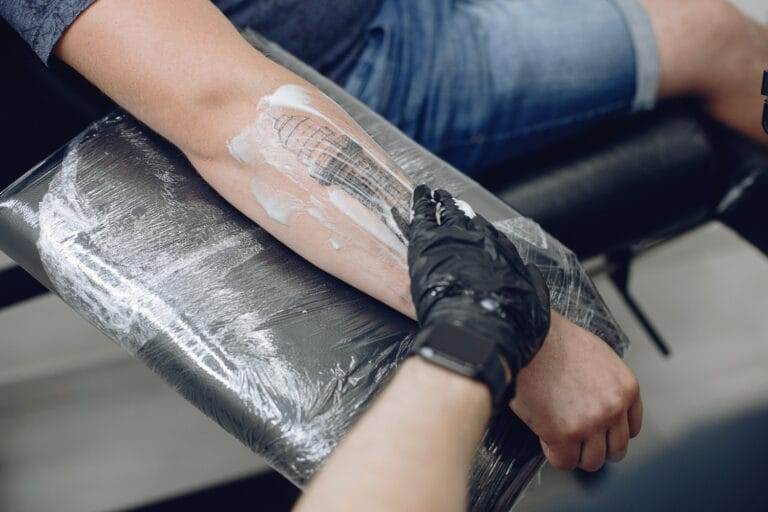
Introduction
Traditional tattoos have a rich history and are known for their timeless appeal. These tattoos have been an integral part of various cultures around the world for centuries. From intricate designs to symbolic meanings, traditional tattoos hold a special place in the hearts of tattoo enthusiasts. In this blog post, we will explore the history, meanings, and significance of traditional tattoo designs.
History of traditional tattoos
Traditional tattoos have been practiced for thousands of years, with their origins traced back to ancient civilizations. The Polynesians are credited with popularizing traditional tattooing techniques, with intricate patterns and symbols being used to tell stories and convey identity. In Japan, traditional tattooing, known as irezumi, has been practiced for centuries and is considered a form of art.
Meanings and significance of traditional tattoo designs
Traditional tattoo designs have deep meanings and significance, often representing specific beliefs, cultures, or personal experiences. Some common traditional tattoo designs and their meanings include:
- Anchor: symbolizes stability and strength
- Dagger: represents bravery and protection
- Rose: signifies love and beauty
- Swallow: symbolizes loyalty and freedom
- Skull: represents mortality and the cycle of life and death
These designs have stood the test of time and continue to be popular choices for those seeking traditional tattoos. They serve as a reminder of our roots, cultural heritage, and personal values.
Overall, traditional tattoos are not simply decorative ink on the skin; they carry deep meanings and cultural significance. They are a way for individuals to express themselves, celebrate their heritage, and honor their beliefs. Whether you are interested in getting a traditional tattoo or simply appreciate the artistry behind them, they continue to have a lasting impact in the world of body art.
Traditional Tattoo Styles
Traditional tattoo styles have a rich history and are known for their timeless appeal. These tattoos have been an integral part of various cultures around the world for centuries. From intricate designs to symbolic meanings, traditional tattoos hold a special place in the hearts of tattoo enthusiasts. In this blog post, we will explore the history, meanings, and significance of traditional tattoo designs.
American Traditional style
American Traditional tattoos, also known as old school tattoos, emerged in the late 19th and early 20th centuries. These tattoos are characterized by bold lines, limited color palette, and iconic designs such as anchors, daggers, roses, swallows, and skulls. The American Traditional style gained popularity among sailors and military personnel, representing their adventurous spirit, loyalty, and bravery.
Japanese Traditional style
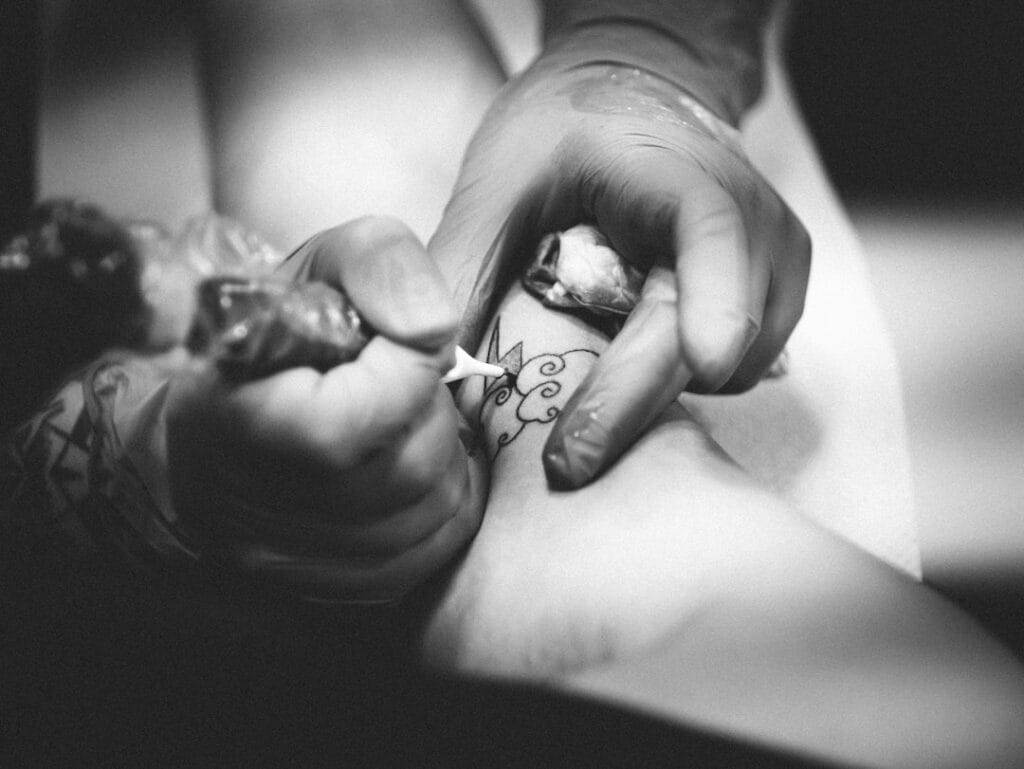
Japanese Traditional tattoos, known as irezumi, have a long history dating back centuries. These tattoos feature intricate designs such as dragons, koi fish, cherry blossoms, and geishas. Each design carries specific meanings and symbolism. Japanese Traditional tattoos are often large in size and cover large areas of the body. They are regarded as a form of art and are deeply rooted in Japanese culture and mythology.
Both American Traditional and Japanese Traditional styles have played a significant role in the development of traditional tattooing. While American Traditional style is characterized by bold lines and iconic symbols, Japanese Traditional style focuses on detailed and elaborate designs with deep cultural meanings. Both styles continue to be popular choices for those seeking traditional tattoos.
Traditional tattoo styles have stood the test of time and continue to be a beloved choice among tattoo enthusiasts. They serve as a reminder of our roots, cultural heritage, and personal values. Whether you are interested in getting a traditional tattoo or simply appreciate the artistry behind them, they continue to have a lasting impact in the world of body art.
American Traditional Tattoos
Characteristics and Elements of American Traditional Tattoos
American Traditional tattoos, also referred to as old school tattoos, have a rich history dating back to the late 19th and early 20th centuries. These tattoos are recognized for their bold lines, limited color palette, and iconic designs. Some common symbols include anchors, daggers, roses, swallows, and skulls.
The American Traditional style gained popularity among sailors and military personnel, representing their adventurous spirits, loyalty, and bravery. These tattoos were seen as badges of honor and a way to commemorate significant events. The bold and simplistic designs of American Traditional tattoos made them timeless and instantly recognizable.
Unlike other tattoo styles, American Traditional tattoos typically use a limited color palette consisting of primary colors such as red, blue, green, and yellow. This restricted color scheme enhances the boldness of the designs and contributes to their classic appeal.
American Traditional tattoos are known for their clean and precise lines, showcasing the skill and craftsmanship of the tattoo artist. The simplicity of the designs also allows for longevity, as they tend to age well and retain their sharpness over time.
In summary, American Traditional tattoos have a distinct visual style. Their bold lines, iconic symbols, and limited color palette contribute to their timeless appeal and recognition. These tattoos continue to be a popular choice among tattoo enthusiasts looking for a traditional and classic design.
Japanese Traditional Tattoos
Meanings and symbols in Japanese Traditional tattoos
Japanese Traditional tattoos, also known as Irezumi, have a rich cultural significance and a long history dating back centuries. These tattoos are characterized by their intricate designs, vibrant colors, and deep symbolism.
In Japanese Traditional tattoos, various symbols and motifs are used to convey specific meanings. Some common symbols include dragons, koi fish, cherry blossoms, geishas, and samurais. These symbols often represent strength, resilience, beauty, and spirituality.
The traditional Japanese tattooing technique involves hand-pricking the design onto the skin using a bamboo or metal needle. This meticulous process requires great skill and patience from the tattoo artist. The use of vibrant colors, such as red, black, and yellow, adds to the visual impact of the tattoos.
Unlike American Traditional tattoos, Japanese Traditional tattoos cover larger areas of the body and often feature full sleeves or body suits. These tattoos are considered a form of art and are highly regarded in Japanese culture.
In summary, Japanese Traditional tattoos are deeply rooted in Japanese culture and history. Their intricate designs, vibrant colors, and symbolic meanings make them a captivating choice for tattoo enthusiasts seeking a traditional and culturally significant design.
Traditional Tattoo Techniques
Hand poking technique
The hand poking technique, also known as Tebori in Japanese, is a traditional method used in Japanese traditional tattoos. This technique involves manually pricking the design onto the skin using a bamboo or metal needle. It requires immense skill and precision from the tattoo artist, as each puncture is done by hand. The hand poking technique allows for greater control and depth in creating intricate and detailed designs.
Machine tattooing technique
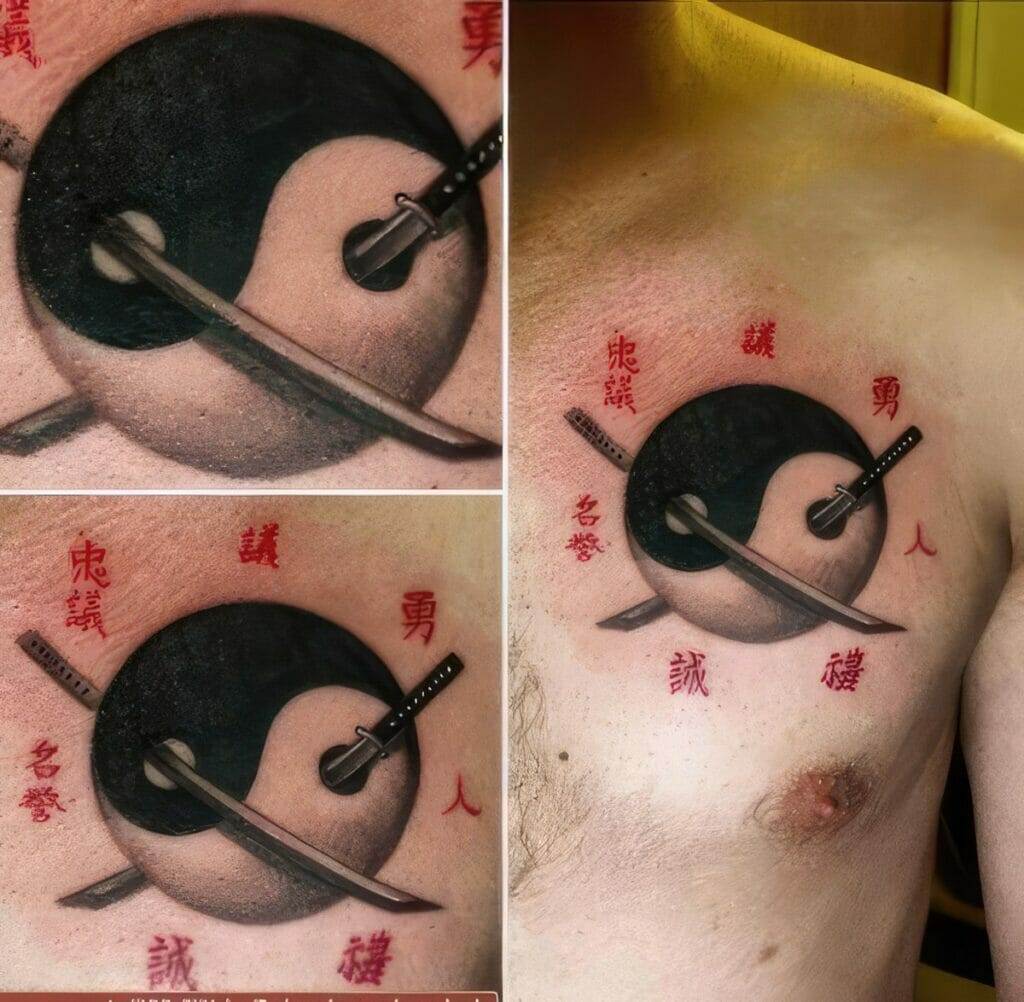
The machine tattooing technique, also known as Horisumi in Japanese, is a modern method widely used in Western tattooing. This technique involves using an electric tattoo machine to inject ink into the skin. The machine allows for faster and more precise tattooing, making it popular for large-scale designs. While the machine tattooing technique offers efficiency, it may lack the traditional and handcrafted feel of the hand poking technique.
Both techniques have their distinct advantages and are used by skilled artists to create stunning traditional tattoos. Whether it’s the meticulous hand poking technique or the efficient machine tattooing technique, the choice depends on the artist’s preference and the desired outcome of the tattoo.
Traditional Tattoo Techniques
Hand poking technique
The hand poking technique, also known as Tebori in Japanese, is a traditional method used in Japanese traditional tattoos. It involves manually pricking the design onto the skin using a bamboo or metal needle. This technique requires immense skill and precision from the tattoo artist, as each puncture is done by hand. The hand poking technique allows for greater control and depth in creating intricate and detailed designs.
Machine tattooing technique
The machine tattooing technique, also known as Horisumi in Japanese, is a modern method widely used in Western tattooing. It involves using an electric tattoo machine to inject ink into the skin. The machine allows for faster and more precise tattooing, making it popular for large-scale designs. While the machine tattooing technique offers efficiency, it may lack the traditional and handcrafted feel of the hand poking technique.
Conclusion
Embracing the timeless artistry of traditional tattoos
Both the hand poking and machine tattooing techniques have their distinct advantages when it comes to creating traditional tattoos. The hand poking technique showcases the meticulous craftsmanship of the artist, allowing for intricate and detailed designs. On the other hand, the machine tattooing technique offers efficiency and speed for larger designs.
It is important to note that the choice between these techniques ultimately depends on the preference of the artist and the desired outcome of the tattoo. Whether it is embracing the traditional and handcrafted feel or prioritizing efficiency, both techniques can create stunning traditional tattoos that stand the test of time.

